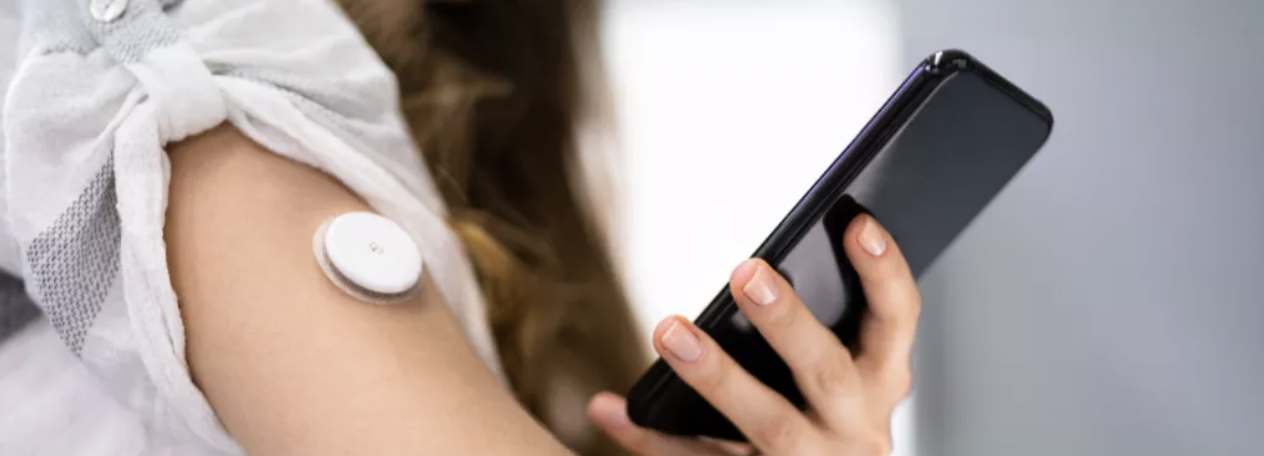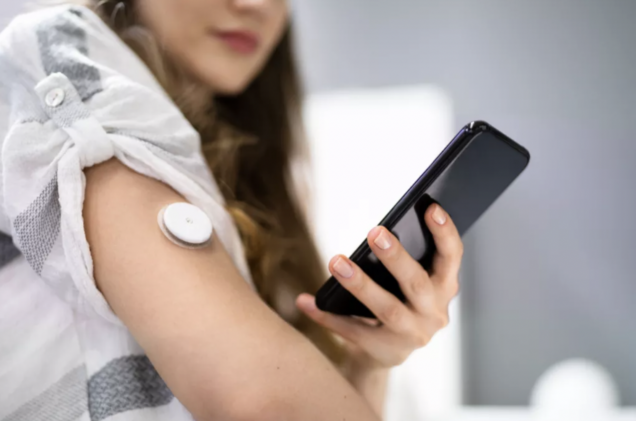The Growing Adoption of Remote Patient Monitoring Among Healthcare Providers
Remote Patient Monitoring (RPM) has seen a significant surge in adoption among healthcare providers in recent years. This trend is reshaping the landscape of patient care, offering new opportunities for managing chronic conditions and improving overall health outcomes.

Large Healthcare Facilities Leading the Way
A survey by HealthTech Insider reveals that 20% of large healthcare facilities have already implemented some form of RPM solution. This early adoption by major healthcare institutions signals a growing recognition of RPM’s potential to transform patient care delivery.
Impressive Reduction in Hospital Admissions
The impact of RPM on patient outcomes is becoming increasingly evident. Strategic Market Research reports that across 25 surveyed organizations, admissions for chronic care complications were reduced by 19% to 41% thanks to RPM implementation. This significant reduction not only improves patient quality of life but also helps in managing healthcare costs.
Widespread Adoption Among Doctors
The adoption of RPM is not limited to large institutions. Strategic Market Research found that 75% of doctors, in both urban and rural areas, have incorporated some form of remote patient monitoring to manage chronic health conditions. This widespread adoption indicates that RPM is becoming a standard tool in medical practice across diverse geographic settings.
Multifaceted Use of RPM Technology
Doctors are leveraging RPM technology for various aspects of patient care. According to Strategic Market Research:
- 65% of doctors utilize RPM for its medical management capabilities
- 60% have adopted RPM to facilitate easier care coordination
This dual-purpose use of RPM technology demonstrates its versatility in enhancing different aspects of healthcare delivery.
Explosive Growth in RPM Claims
Perhaps the most striking statistic comes from Definitive Healthcare, which found a staggering 1,294% increase in RPM claim volume from January 2019 to November 2022. This exponential growth underscores the rapid integration of RPM into standard medical practice.
Specialty-Specific Adoption
The adoption of RPM varies across medical specialties:
1. Internal Medicine: Led the pack with about 29% of their procedure claims related to RPM
2. Cardiology: Came in second, with approximately 21% of RPM procedure claims
3. Family Practice: Followed closely behind at about 19% of RPM claims
This distribution highlights how different medical specialties are finding unique applications for RPM in their practice areas.
In conclusion, these statistics paint a clear picture of the growing importance of Remote Patient Monitoring in healthcare. From large facilities to individual practitioners, across various specialties and geographical areas, RPM is rapidly becoming an integral part of modern medical practice. As technology continues to evolve and more providers recognize the benefits of RPM, we can expect this trend to continue, potentially revolutionizing how chronic conditions are managed and how healthcare is delivered overall.
References
- Prevounce. (2024). 27 Remote Patient Monitoring Statistics Every Practice Should Know. Retrieved from https://blog.prevounce.com/27-remote-patient-monitoring-statistics-every-practice-should-know
- Strategic Market Research. (2023). Remote Patient Monitoring Statistics 2023: Facts and Figures. Retrieved from https://www.strategicmarketresearch.com/blogs/remote-patient-monitoring-statistics
- HealthTech Insider. (2021). Remote Patient Monitoring to Be Mainstream in 5 Years. Retrieved from https://healthtechinsider.com/2021/03/12/remote-patient-monitoring-to-be-mainstream-in-5-years/

